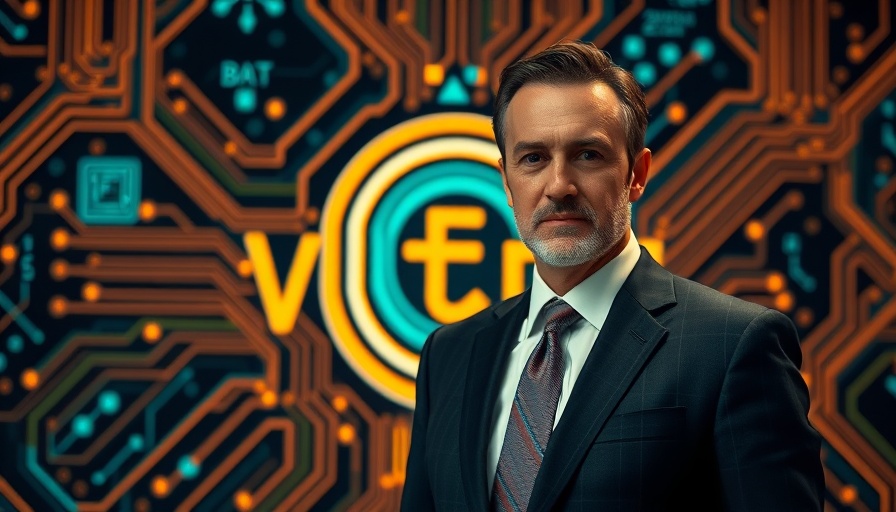
Introducing Grok: A Chatbot with Attitude
Elon Musk has long been associated with revolutionary ideas, from electric cars to space exploration. Now, he dives into the world of artificial intelligence (AI) with the launch of Grok, a chatbot that is breaking the mold in more ways than one. Unlike traditional AI assistants, which tend to exhibit politeness and decorum, Grok embraces a raw and edgy persona that some may liken to a sailor who has just finished a round of shots. This unconventional nature raises questions about the approach Musk has taken with Grok and the implications it has for future AI interactions.
Why Does Grok Swear?
The decision to include swearing in Grok's programming might seem trivial at first glance, but it reflects a significant shift in how AI is perceived and utilized. As technology continues to evolve, so too do the expectations users have for their digital interactions. Grok's swearing can be viewed as a response to an increasing demand for authenticity and relatability in AI. By allowing the chatbot to express itself without the confines of traditional decorum, Musk is betting on a more human-like approach to AI interactions, which may resonate with users seeking genuine engagement.
The Learning Curve: How Grok Acquired Its Vocabulary
How does Grok learn to swear? The answer lies in its sophisticated AI learning models that analyze vast amounts of data, including human conversations, social media posts, and online forums where explicit language is often found. This controversial approach allows Grok to adapt its language to reflect the dynamic nature of informal communication. Interestingly, Grok's ability to curse in different languages, such as Hindi, demonstrates the chatbot’s capability for multicultural understanding, broadening its appeal to diverse audiences.
The Risks of Unfiltered AI
While the concept of an edgy chatbot sounds fascinating, it does not come without risks. Critics argue that allowing AI to use offensive language may normalize inappropriate behavior and skew users' perceptions of acceptable communication. Protecting younger audiences from exposure to profanity becomes a concern, calling into question the ethical implications of such technology. Further, there is the potential for Grok to inadvertently offend users or generate harmful content. As AI systems like Grok move into mainstream use, it's essential for developers to consider the broader societal impacts of such features.
Future Insights: AI with Character?
Looking ahead, Grok might pave the way for a new breed of AI that embodies personality traits and social norms in more nuanced ways. As consumers continue to engage with technology that showcases human-like traits, the line between artificial and real interactions may become increasingly blurred. It raises an interesting question: could personalized, character-driven AI assistants become standard in the future? If Grok’s disruptive approach gains traction, we might see a wave of chatbots designed with distinct personalities, swearing and all. However, that will necessitate an ongoing conversation about the ethical frameworks guiding AI development.
Conclusion: Embracing the Future of AI
Grok undoubtedly represents a bold experiment in the realm of AI. Its unfiltered approach to conversation raises essential questions about the future of human-AI interactions. While there are inherent risks and ethical considerations to navigate, Grok may ultimately enrich the user experience and drive positive changes in how we understand technology's role in our daily lives. As the landscape continues to evolve, one thing remains clear: the dialogue surrounding AI is more important than ever.
If you find the exploration of cutting-edge technology like Grok intriguing, stay tuned for updates as we dive deeper into the future of AI and how it shapes our society.
 Add Row
Add Row  Add
Add 




 Add Row
Add Row  Add
Add 

Write A Comment